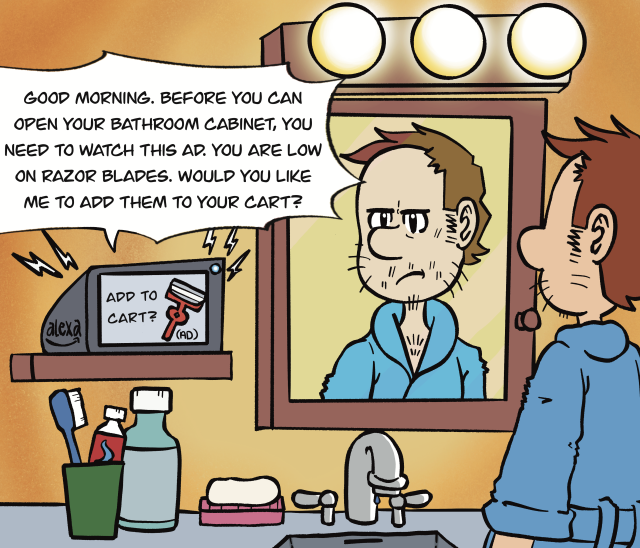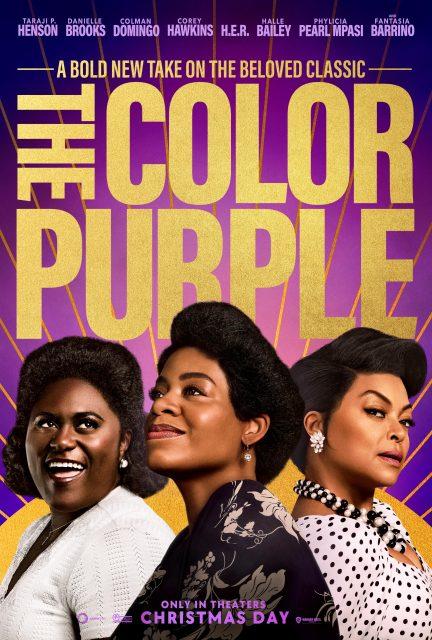As people’s needs continue to grow, so does the desire for companies to output tons of advertising.
The discussion surrounding advertisers and their tendency to “over-advertise” has raged on for many years. Countless articles have been published from over five, ten, even fifteen years ago and beyond debating the question of – when is enough, enough? At what point is marketing too much?
And that’s a question that gains even more relevance as time passes.
In the all-new, all-different digital age that people find themselves in, it’s become difficult to avoid the barrage of hundreds, even thousands of in-your-face ads and promos being pushed out onto social media, streaming services, YouTube videos and more.
It’s a lot of information to process. With so many products pushed relentlessly into people’s faces by media personalities, many of which are viewed as a means of escape from the frantic nature of everyday life, it becomes exhausting.
To make matters more overwhelming, because of the prominence of personalized browsing in the digital age, a sizable chuck of the ads people see on a day-to-day basis that show off some hot new junk, whether it be some random site or before a YouTube video, only pop-up based on search history and adjusted preferences.
The advertisements are personalized to get not just any eyes on it, but your eyes on it. On something to purchase. Something to buy.
Selling people more “stuff” is how companies grow of course, but the methods of which the modern style of advertising is achieved is intrusive and painfully, once again, in-your-face. The rampant product placements have become so personalized and in-your-face that companies have enlisted the aid of social media personalities and influencers to promote their products even more to their communities.
There are many exceptions of course, but Instagram, X, YouTube influencers, etc., followed by hundreds of thousands, if not millions of people can be handed the keys to drive the sparkly sponsorship car and encourage their followers to buy this and that before cheekily chuckling about the link in their bios.
Advertisements have grown in scope and confidence. It’s admirable but churning out these promotional stunts and sponsorships comes with a price to pay – in this case both figuratively and literally.
Oversaturation is a word many are familiar with, but for the folks who aren’t, it means too much. Too much of a good thing? Too much of a bad thing? No. It’s too much of a thing. Anything, but in this instance it’s about the real possibility that advertisers could be pushing their luck.
Slapping ads on something, anything, will, maybe already has, grown tiresome. There are too many ads. Too much stuff to sell to customers who have, much like the process of slapping ads on things, grown equally, if not more tired.
When will the breaking point be? Who’s to say. All that is known now is that there are more and more people who have grown sick of the force-fed advertisements, sponsorships, product placements, etc.
It’s not like people in the digital age can’t be swayed or convinced to buy new things, as there a plenty of instances every day in which people do buy said new things, but in an age where people are more aware than ever of what’s being pushed upon them, utilizing unintrusive marketing strategies could be beneficial.































